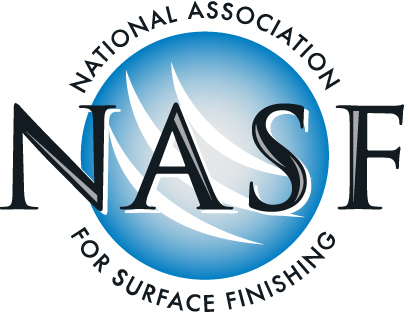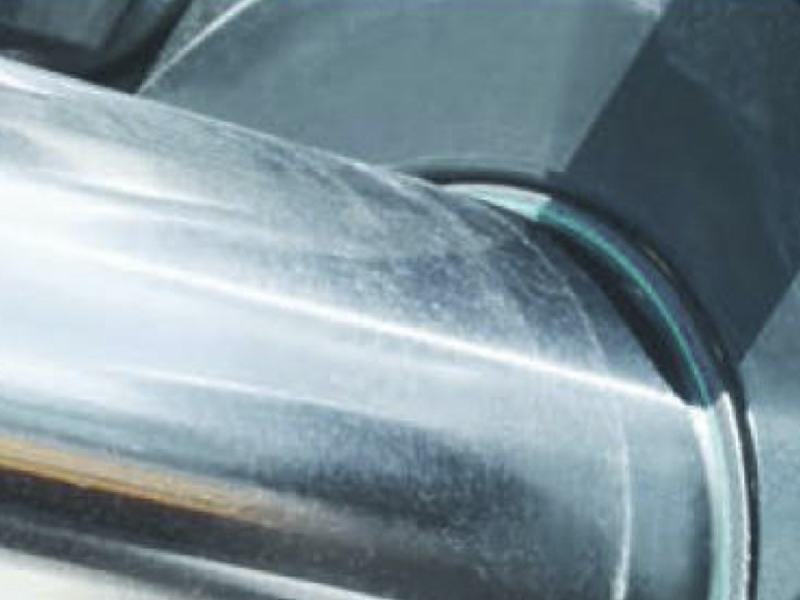The NASF is hosting a web-based “Plating Essentials” course starting March 9.
The course will be on Tuesdays and Wednesdays from noon to 2 p.m. ET. The course concludes March 31. Class tuition is $1,150; it is discounted for NASF members to $875. The registration deadline is February 23.
Click HERE to register for the course.
 Who benefits from participating in the Plating Essentials course?
Who benefits from participating in the Plating Essentials course?
This training program benefits individuals who have little to no experience or training in the art and science of electroplating. This course is perfect for new hires on the plating line, inexperienced supervisors, sales personnel, and managers who want a non-technical/low technical primer in the subject.
Always wanted to sit for the CEF exam but haven't?
Have you thought about obtaining your Certified Electro-Finisher (CEF) designation but were unsure where to begin? The Plating Essentials course is the BEST ways to prepare yourself and your staff for taking the staple, Electroplating & Surface Finishing Parts 1 & 2 (CEF) course.
The Plating Essentials course will provide an overview of critical finishing subjects which will be covered more in-depth during the CEF course. This training is meant to lay the foundation for anyone who is new to the finishing industry, has not honed their skills on the technical aspects of the work, or simply needs a refresher in order to prepare for taking the CEF course and sit for the optional exam. At the conclusion of this course, attendees can expect to:
- Understand the finishes commonly applied by the electroplating process and the basic differences in performance among the various coatings.
- Have a basic level of understanding of math, electricity, chemistry and electrochemistry as it relates to the electroplating process.
- Be able to identify and describe the main components in an electroplating process.
- Know the various types of parts and problems that each can pose when processed by electroplating.
- Have comfort with terminology, knowledge of coating differences, and process equipment used in electroplating operations.
How Web-Base Courses Work:
- Register for one or more of the courses being offered throughout the year.
- Receive hard-copy course materials in the mail just before the start of the course.
- Follow along on your computer and ask questions during the live presentations made by one of our highly regarded Foundation instructors.
- Missed a live session or want to review material presented? No worries - all session recordings are made available to students for 30-days after the original posting date.
- Once completed with the course, take the optional course exam at your location with a proctor to become certified.
Course Description
- 1. Plating Calculations
- This lesson teaches basic math skills that allow students to understand the concepts of current density and the relationships between current density, plating time and plating quality.
- 2. Introduction: Chemistry, Electricity and Electrochemistry
- This lesson provides a non-technical look at the chemistry involved in the production and operation of electroplating solutions. This lesson will also provide a non-technical look at electricity and electrochemistry, as they relate to the production and operation of electroplating solutions.
- 3. Electroplating Equipment
- Students become familiar with the equipment that makes up a plating line and individual plating tanks and their function. The importance of the proper use and maintenance of each of the following equipment is detailed:
- Plating Lines
- Plating Tanks
- Anodes
- Rectifiers and Electrical Connections
- Heating & Cooling
- Filtration & Agitation
- Air Handling & Exhaust
- 4. Rack & Barrel Plating
- The basic construction of a plating rack and the importance of each feature is a focus of this lesson. The importance of proper racking methods and the care and maintenance of plating racks is also covered. The use of shields and robbers is another focus of this lesson.
The basic construction of a plating barrel and the importance of proper barrel loading, care and maintenance of barrels are discussed.
- 5. Types of Plated Parts
- Why certain metals or parts require special attention and processing is the main focus of this lesson. Also covered are common plating problems posed by parts made of steel, stainless steel, aluminum, zinc and copper and its alloys.
- 6. Preparing Parts for Plating
- This lesson provides a basic understanding of primary methods employed to prepare parts for plating. Included in this lesson are soak cleaning, electrocleaning, acid pickling, etching and descaling. Why these operations are critical to the quality of the plated parts is the main focus of this lesson.
- 7. Popular Plating Processes
- Students are provided with operational information on common plating processes, including zinc, zinc alloy, decorative nickel, functional nickel, decorative chromium, hard chromium, copper and silver plating.
- 8. Common Plating Defects
- This lesson focuses on the causes, effects and prevention of contamination of the plating solutions covered in lesson 7.
- 9. Stripping
- This lesson focuses on best operating practices for conducting stripping operations.
Questions regarding Web-Based or any other industry training NASF/AESF Foundation has to offer can be sent to info@nasf.org



































